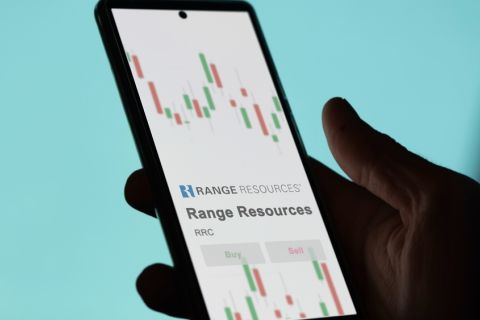- Horizontal drilling now represents more than 80% of the U.S. land rig count.
- Multiple smaller iterations converged to create today’s all-purpose drilling solution.
You’ve heard the conventional wisdom that success has a thousand parents while failure is an orphan. That thought comes to mind after reviewing crowdsourced observations about the evolution of horizontal drilling on discussion threads for the Society of Petroleum Engineers.
One can view the innovation simply in terms of the horizontal drilling process that dates back to the 1930s or holistically in terms of support technologies, such as packers for zonal isolation, that extend more than 100 years ago. Today horizontal drilling implies precisely targeted wellbores, slickwater plug-and-perf completions, high proppant volume and hydraulic horsepower to generate drainage from multiple stages.
The story that unfolds is international in scope with iterations in Russia in the late 1930s and targeted laterals in the Mediterranean’s Rospo Mare Field via Elf Aquitaine (now Total) in the early 1980s. There were evolutionary stops along the way offshore in the North Sea and onshore in Latin America and Canada during the 1980s and 1990s.
Iterations include long, medium and short radius curves to go horizontal with the domestic industry now focused on medium radius curves to turn the wellbore from vertical to horizontal.
Credit the Russians with early use of downhole motors as a key technology, which evolved from submersible pumps to which the Russians attached a turbine-powered drillbit. Later, evolution of the PDC drillbit provided the ability to survive hostile downhole conditions and to drill faster.
Turning horizontal was one thing. Initially, whipstocks solved the problem, followed by jointed downhole tools, which were later supplanted by cleverly designed articulated bottomhole assemblies (BHAs).
But steering a BHA in a targeted manner was another thing altogether. Credit MWD technology dating back to the late 1970s that provided the ability to communicate downhole data to the surface and almost simultaneously LWD, which included tough logging conditions of the curve and lateral in the Permian Basin’s Spraberry Formation in 1985. LWD enabled surface operators to see the downhole environment.
Finally, there are business model variations that hastened technological innovation. While the multinational majors were instrumental in basic research and early field experiments, especially offshore, many innovations that moved the industry forward came through smaller companies with an experimental attitude. The Austin Chalk was developed primarily, but not exclusively, by firms such as Amoco (now BP), Sun (later Oryx) as well as Burlington Resources (now ConocoPhillips) in the late 1980s.
Consortia, some with government funding, enabled the industry to advance the process through trial and error under the observation and guidance of subject matter experts a decade faster than would have been the case with single large companies.
Where are we today? Iterations find directional drillers using algorithms to automate the geosteering process and create straighter wellbores. Completing wells successfully presented its own technological challenge, but pump-down methodology, drillable plugs and self-dissolving materials are reducing costs and expanding productivity in tight formation reservoirs.
One also can credit top drives and the ability to rotate the drillstring along with modern fluids and improvement in cementing. Extended-reach laterals now exceed 20,000 ft and total measured well depth approaches 30,000 ft in select circumstances. No need to ignore history to repeat it. Rather, new history will be made through refinements that move the technology forward.
Recommended Reading
Range Resources Expecting Production Increase in 4Q Production Results
2024-02-08 - Range Resources reports settlement gains from 2020 North Louisiana asset sale.
CEO: Continental Adds Midland Basin Acreage, Explores Woodford, Barnett
2024-04-11 - Continental Resources is adding leases in Midland and Ector counties, Texas, as the private E&P hunts for drilling locations to explore. Continental is also testing deeper Barnett and Woodford intervals across its Permian footprint, CEO Doug Lawler said in an exclusive interview.
Chevron Hunts Upside for Oil Recovery, D&C Savings with Permian Pilots
2024-02-06 - New techniques and technologies being piloted by Chevron in the Permian Basin are improving drilling and completed cycle times. Executives at the California-based major hope to eventually improve overall resource recovery from its shale portfolio.
Ohio Utica’s Ascent Resources Credit Rep Rises on Production, Cash Flow
2024-04-23 - Ascent Resources received a positive outlook from Fitch Ratings as the company has grown into Ohio’s No. 1 gas and No. 2 Utica oil producer, according to state data.
To Dawson: EOG, SM Energy, More Aim to Push Midland Heat Map North
2024-02-22 - SM Energy joined Birch Operations, EOG Resources and Callon Petroleum in applying the newest D&C intel to areas north of Midland and Martin counties.





